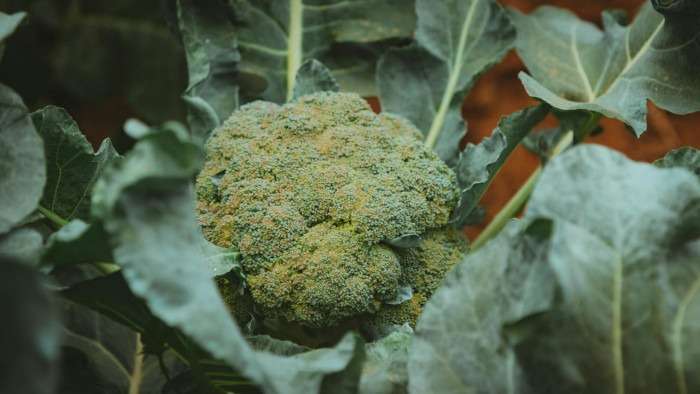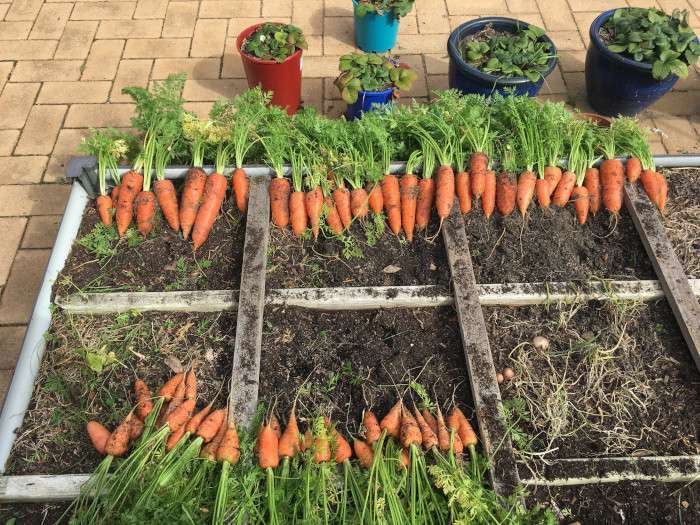Most vegetables thrive in full sun, but not everyone has a sunny spot to grow in. If you’re limited to a shady spot, you can still grow your own veggies—you’ll just need to adapt! I’ve been growing vegetables for quite a while now, and my very first garden was actually in a shady spot. Today, I want to share some tips on how you can make the most of shady growing conditions and which veggies will still flourish without full sun.
What Counts as Shade?
Partial Shade
Partial shade refers to areas that receive a few hours of sun in the morning or late afternoon, or spots with dappled light filtered through tree branches or a canopy. This type of shade still provides enough light for many vegetables to grow well, allowing for decent yields, especially with leafy greens and root vegetables. With partial shade, you can enjoy a more consistent, gentle sunlight that keeps plants from overheating or drying out too quickly, which can be beneficial in hotter climates.
Full Shade
Full shade describes areas that receive little to no direct sunlight throughout the day. These spots might be on the north side of a building, under dense tree cover, or shaded by other structures or plants. Growing vegetables in full shade can be challenging, as most crops won’t receive the light needed for optimal growth. Yields will typically be low, and plant choices are limited—leafy greens are usually the best options here, as they’re more tolerant of low-light conditions than fruiting plants.
How to Deal with Shade
Even if your garden space is quite shady, there are a few ways to boost your chances of growing a successful veggie crop.
Plant Climbers
Many plants naturally grow taller to reach for the light, so using vertical space can help them capture as much light as possible. Climbing plants on trellises can be an excellent choice for shady gardens, as they extend upwards and can access light that might be missed at ground level.
Plant in Pots
Planting in pots offers two main benefits: it raises the plant to access more light, and it allows you to move it to the brightest spot as the sun shifts throughout the day. You can easily move a plant from morning sun to afternoon light, maximizing its exposure.
Raise Seedlings
Take advantage of any sunny spots you have, either in your garden or around your home, to start seedlings. By raising them in brighter conditions, you give them a head start before transplanting them into your shadier growing area. As larger, more mature plants, they’ll be closer to producing the veggies you’re aiming for when they’re moved outdoors.
Tip: Shady areas will retain moisture very easily so be careful not to overwater. Since they don’t get direct sunlight, they will stay damp longer which could lead to root rot and other issues.
Make the Most of Seasonal Light Changes
Some trees lose their leaves in winter, so if you have a shady area in your backyard or growing space, it might not stay shady all the time. The sun moves around at different times of the day and across the seasons, so it’s a good idea to observe your yard year-round to see which areas are actually shady throughout the year.
If you discover a newly sunny spot during certain times of the year, it could be a good chance to start a new garden bed dedicated to shade-tolerant plants. This way, you can maximize all available light and expand your planting area.
Also, many plants might be casting shade over your yard. Trees or large bushes can lose their foliage in certain seasons, opening up opportunities to plant in newly sunny areas. You could also consider removing a few limbs to allow more light to reach under the canopy—you’d be amazed at how much difference removing just one or two branches can make!
Our Top 10 Easy Shade-Loving Vegetables
These easy-to-grow veggies thrive in partial shade, making them perfect for filling those cooler, less sunny spots in your garden:
1. Snow Peas
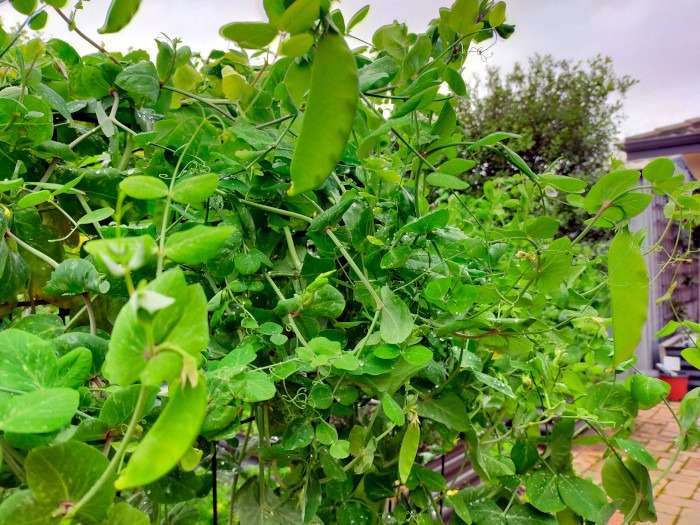
One of my favourite plants, snow peas grow well in winter and can tolerate shadier locations. They’re perfect for growing on a trellis to make use of vertical space in your garden. In hotter climates, planting them in shadier spots is actually beneficial since they prefer cooler temperatures. If you can give them just 4 hours of light a day, you can still get a decent harvest. Snow peas also grow close together, which makes it easier to get a larger crop in a small space.
2. Carrots
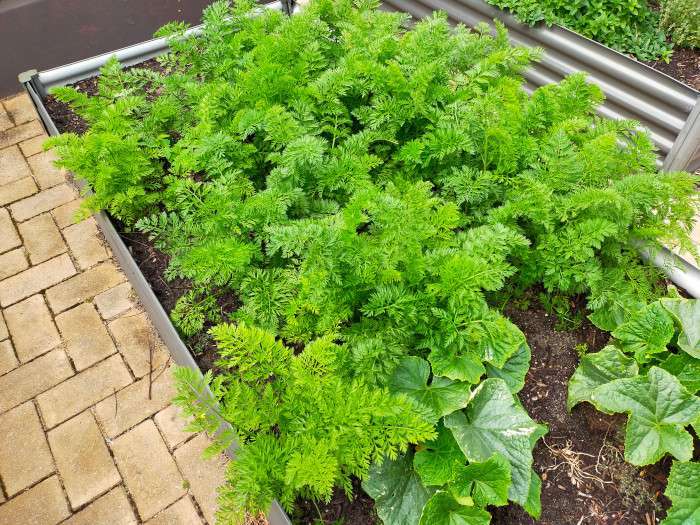
Another great choice for shadier spots—and one of my favourites—is carrots. They tend to struggle in full sun, especially in warmer climates, so they benefit from afternoon shade. Since we’re focused on growing the roots and their leaves are thin and wispy, they don’t need as much sun as some other plants. They do, however, benefit from rich, nutrient-rich soil, so I recommend using homemade compost to give them the best start.
3. Lettuce
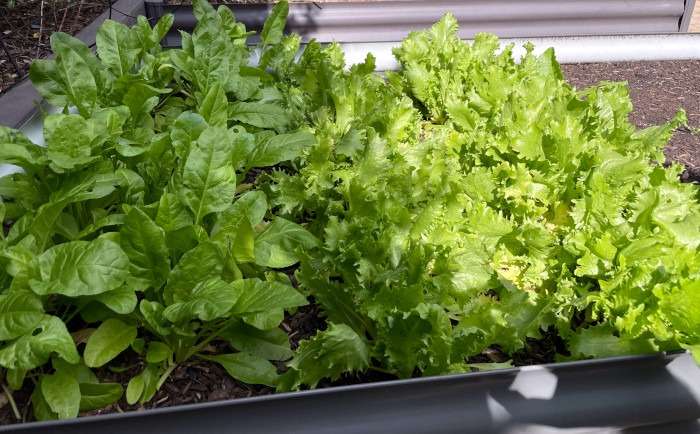
As a leafy green, lettuce does better in shade, especially salad varieties rather than head varieties. It’s not as hardy as other leafy greens like spinach, so it thrives better in shadier conditions. Lettuce also requires more moisture than many other greens, and a shady spot helps retain the dampness it needs.
4. Spinach

Spinach is a fairly hardy leafy green we grow often, and like lettuce, it enjoys a bit of shade. If you’re growing spinach mainly for its tender baby leaves, you’ll find it thrives in a shadier spot without any issues. In my experience, exposure to too much sun even in cooler weather can cause the plant to bolt early causing the leaves to taste bitter.
5. Broccoli
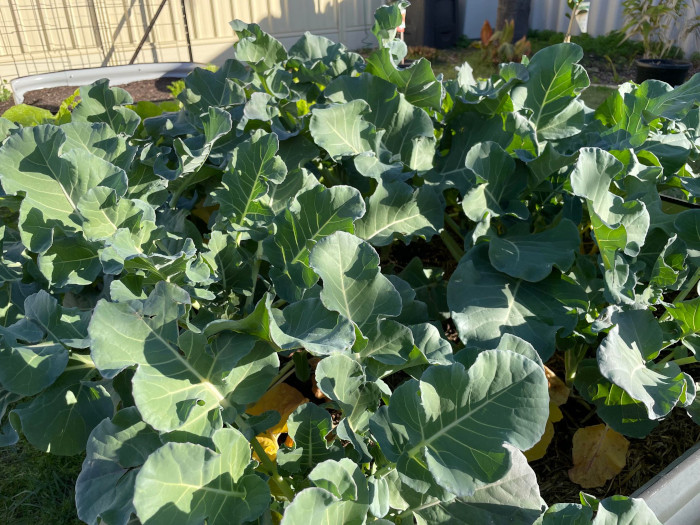
Broccoli can be susceptible to bolting if it gets too much heat and light, so a shady location is perfect for it. The large leaves help catch more light, and once they start cropping, you can harvest broccoli heads every 2 weeks or so. Simply chop off the main head, and side shoots will continue to grow more broccoli. We use it a lot in stir-fries, so it’s a staple for us in the garden.
6. Rosemary

Normally a sun-loving herb, rosemary is hardy enough to tolerate shadier conditions quite well. If you’re growing it as a kitchen herb, keeping it in a bit of shade can help maintain a smaller, more manageable size. The main thing to watch out for is letting the soil dry out a bit, as rosemary doesn’t tolerate soggy roots. They are perennial so once established will keep growing for many years to come, making them low maintenance.
7. Mint

Another herb that thrives in shady locations is mint. It can tolerate much shadier spots than most herbs and grows very vigorously, so it can be challenging to remove once established in your garden. To keep it under control, I recommend planting it in a pot to prevent its underground rhizomes from spreading. Mint also loves moist conditions, making a shadier location ideal for its watering needs.
8. Chives

Chives are great for shady gardens, as they’re quite hardy and prefer cooler, shadier conditions. If you enjoy the flavour of spring onions but lack the sunlight they need, chives make an excellent substitute, offering a similar taste and texture. They are also perennial, so they’ll return year after year with minimal care. Plus, their purple flowers add a pop of colour to the garden which can brighten up your shady spot.
9. Beans
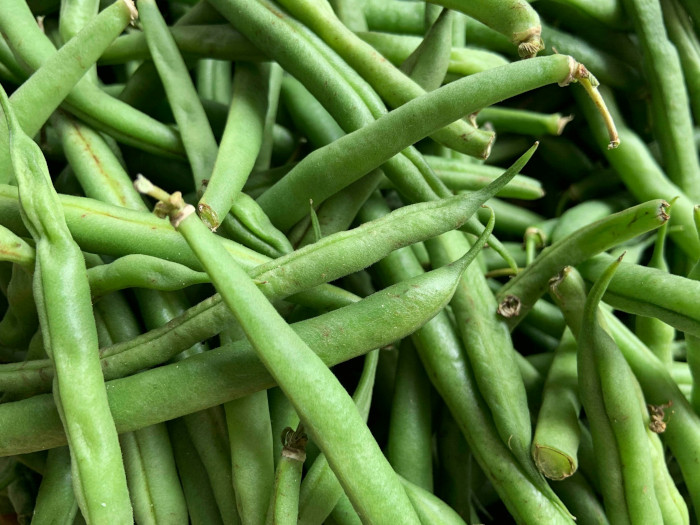
While beans generally prefer sunnier spots, growing them on a trellis can help maximize their light exposure in a shadier location. They actually don’t tolerate excessive sun well, so in warmer climates, beans can thrive in the shadier parts of your garden. However, in lower-light areas, bush varieties might struggle a bit more compared to climbing varieties.
10. Beets

We like to use beets in burgers, and they’re super easy to grow. Beets don’t require much light, making them a great option for shadier spots, and they’re fairly drought-tolerant. Plus, they grow quickly, so you can enjoy a harvest in no time.
Conclusion
Growing vegetables and herbs in shadier spots can be a great way to make the most of your garden, even when sunlight is limited. Whether it’s leafy greens like spinach, hardy herbs like rosemary, or even crops like beans and beets, there are plenty of options that thrive in partial shade. There are always ways to make the most of the light in your growing space, ensuring you can enjoy fresh, homegrown produce no matter where it’s planted.

